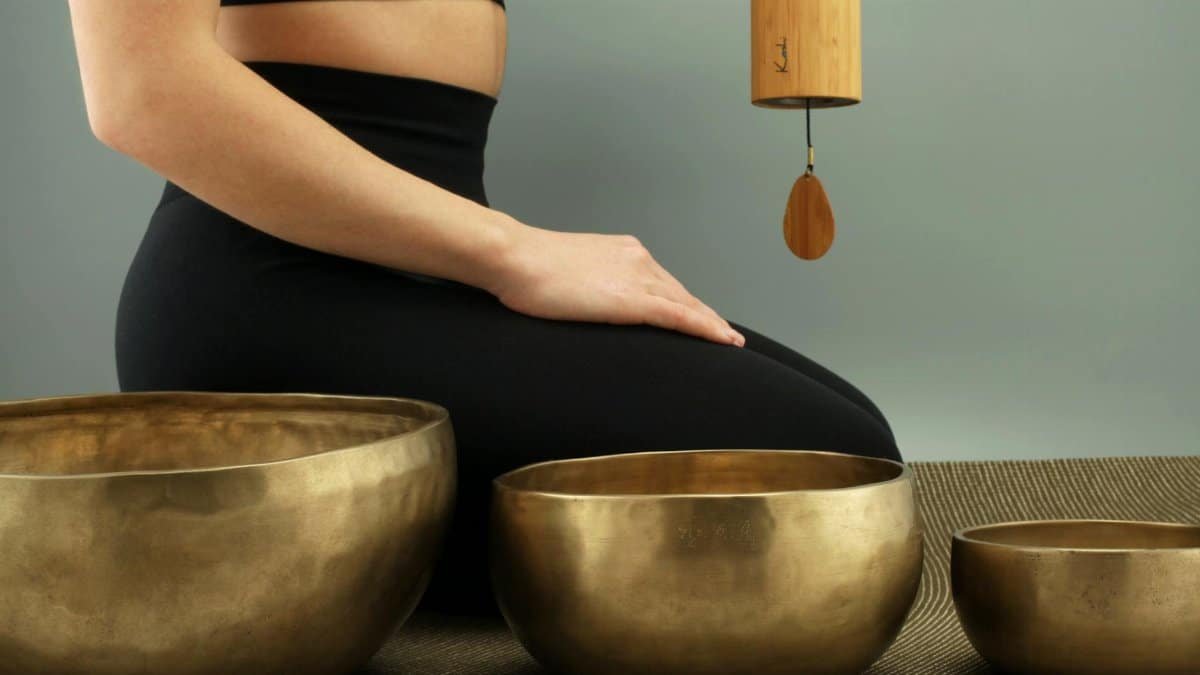Is mind-body healing the secret to unlocking true strength through softness? This growing practice, which integrates mental and physical well-being, is gaining traction across the U.S. as people seek holistic ways to manage stress and build resilience. Rather than brute force, it emphasizes inner balance, self-awareness, and emotional regulation. From mindfulness techniques to somatic therapies, mind-body healing challenges the idea that strength must be rigid or aggressive. Instead, it suggests that softness—adaptability and compassion—can be a powerful form of endurance in today’s high-pressure world.
What Is Mind-Body Healing?

Mind-body healing refers to practices that connect mental and emotional health with physical wellness. Think meditation, yoga, or breathwork—techniques designed to reduce stress and promote self-regulation. It’s rooted in the idea that our thoughts and emotions directly impact our bodies, and vice versa. Research from institutions like Harvard Medical School supports this, showing that mindfulness can lower cortisol levels, the stress hormone. For many, it’s a way to heal from trauma or chronic stress without relying solely on traditional medicine.
Why Softness Equals Strength

In a culture obsessed with toughness, mind-body healing flips the script. Softness—being open, vulnerable, and adaptable—isn’t weakness; it’s a sustainable form of strength. When someone practices mindfulness, they’re training to respond rather than react, a skill that proves invaluable in conflict or crisis. This approach fosters resilience by allowing individuals to process emotions without suppression, reducing the risk of burnout. It’s about bending, not breaking, under life’s pressures.
The Science Behind the Practice

Studies back up the power of mind-body healing. Research from the National Institutes of Health shows that mindfulness-based interventions can reduce symptoms of anxiety and depression by altering brain activity in areas tied to emotion regulation. Another study, summarized by the Mayo Clinic, highlights how relaxation techniques lower blood pressure and improve sleep. These measurable outcomes prove that softness isn’t just a feeling—it’s a physiological shift toward better health.
Everyday Applications for Real Results

Mind-body healing isn’t reserved for yoga retreats or therapy sessions. Simple practices like deep breathing during a stressful workday or journaling to process emotions can make a difference. Apps and online resources from organizations like the National Center for Complementary and Integrative Health offer accessible starting points. The goal is consistency—small, soft steps toward self-awareness that build a stronger, more balanced life over time.
Overcoming Common Barriers

Skeptics often dismiss mind-body healing as “woo-woo” or ineffective. Others struggle with the patience it requires—results aren’t always immediate. The key is starting small and setting realistic expectations. It’s not about perfection but progress. For those feeling overwhelmed, guided sessions or community groups can provide structure and accountability. The softness of this approach means there’s no rigid “right way”—it adapts to the individual.
Redefining Strength in 2025

As stress and mental health challenges continue to rise, mind-body healing offers a timely antidote. It’s a reminder that strength doesn’t always roar; sometimes, it whispers through calm focus and gentle persistence. By embracing softness, individuals can cultivate a deeper resilience that withstands life’s chaos. This isn’t just a trend—it’s a shift toward a more compassionate, integrated way of living that prioritizes inner peace over external force.
